We receive many important questions about the Camino de Santiago from our inquisitive walkers every year. Some common questions are: How long are our hikes? Do I need hiking experience to walk the Camino? Do I need to speak Spanish? Take a look below to find the answers to the key Camino de Santiago FAQs that we are regularly asked.

Do you want to experience the Camino de Santiago for yourself?
Take a look at our Camino hiking tour options!
How long is the Camino?
The Camino Frances is 780km, beginning in St Jean de Pied de Port in France and ending in Santiago de Compostela in Spain.
The routes that you can walk with Hillwalk Tours begin at 160km and get shorter, depending on where you start. This is the most popular section of any Camino route to walk.
Our tours begin in O Cebreiro, a quaint hamlet just inside the region of Galicia. O Cebreiro lies at 1,300 metres above sea level, and you begin your descent from this hamlet almost immediately. Avoiding the long climb up to O Cebreiro has been it a very popular starting location.
Further along the route, you come to Sarria which is the most popular starting point for pilgrims. At just over 100km from Santiago, it is the ideal starting point to complete the minimum required distance in order to qualify for a pilgrim certificate.
Do I need experience to walk the Camino?
Thousands of pilgrims of different ages and abilities walk the Camino de Santiago every year. The Camino Frances is quite a gentle walk, with not many inclines or declines.
Completely inexperienced hikers are therefore more than capable of undertaking a journey along the Camino de Santiago.
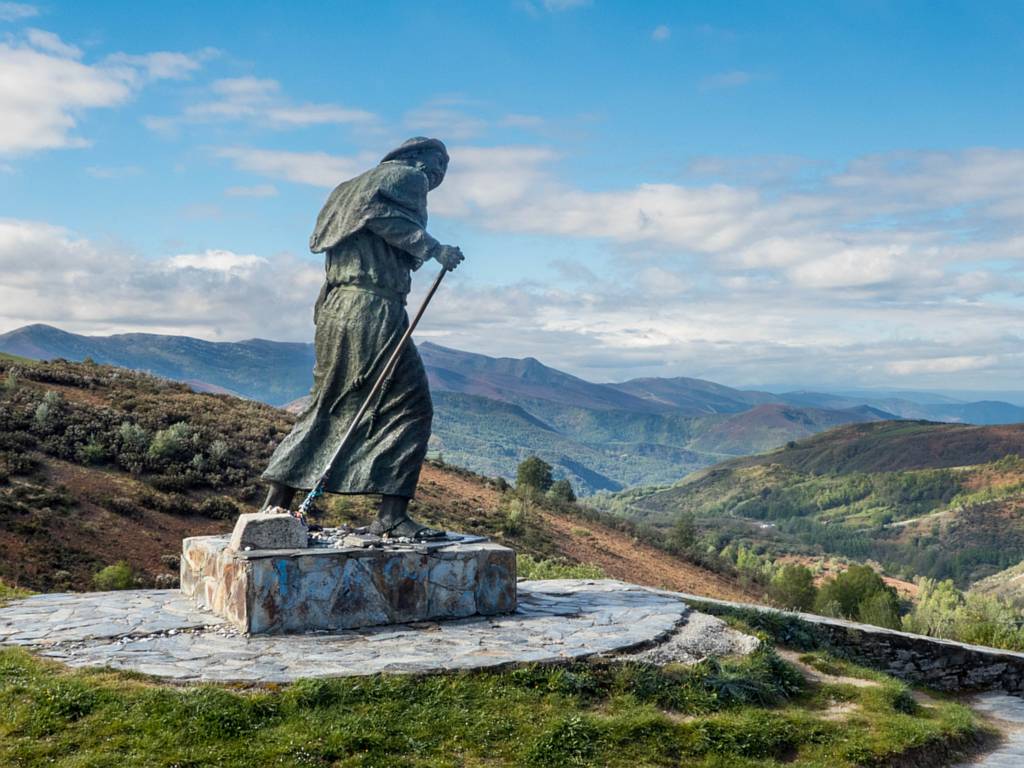
Do I need to speak Spanish?
While Spanish is the first language along the Camino, it is possible to get by using minimal Spanish and some English. In Galicia, there is a local language called Galician which has some variations on Spanish although they are still quite similar.
It is useful to speak and understand some Spanish, although it is also possible to get by using English as there are so many nationalities that walk the Camino.
Where do I get a Pilgrim Passport?
The Pilgrim Passport is a way of identifying you as a pilgrim and can allow you to get cheaper meals, along other things, along The Way.
With the walking pack that you will get sent from Hillwalk Tours, you will get an official Pilgrim Passport, or credencial.
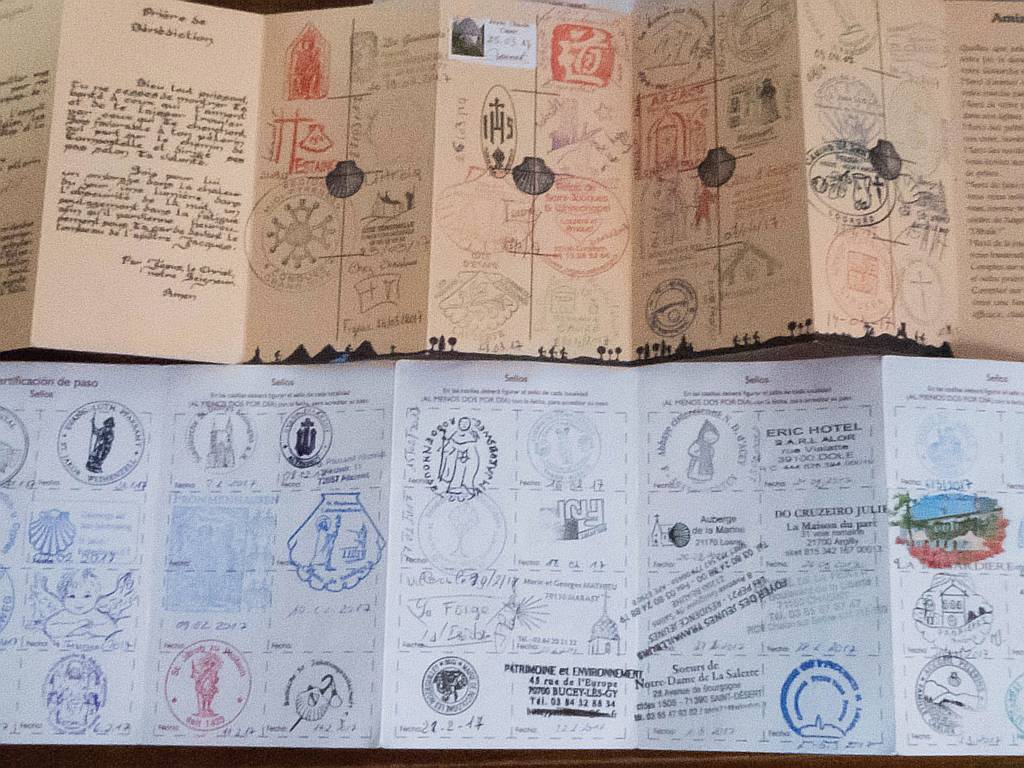
Where can I get my Pilgrim Passport stamped?
You can get your Pilgrim Passport stamped along The Way in the accommodation that you stay in. Cafés, shops and churches also offer stamps to prove that you have passed through certain towns and villages.
You need to show your stamped credencial in Santiago de Compostela in order to achieve your Pilgrim Certificate.
What is the weather like on the Camino?
The weather on the Camino Frances, particularly in Galicia, is typically warm and sunny throughout the summer months. This is also the most popular and busiest time to walk the Camino.
Spring can bring cooler weather, although as it gets closer to summer there is more and more sunshine.
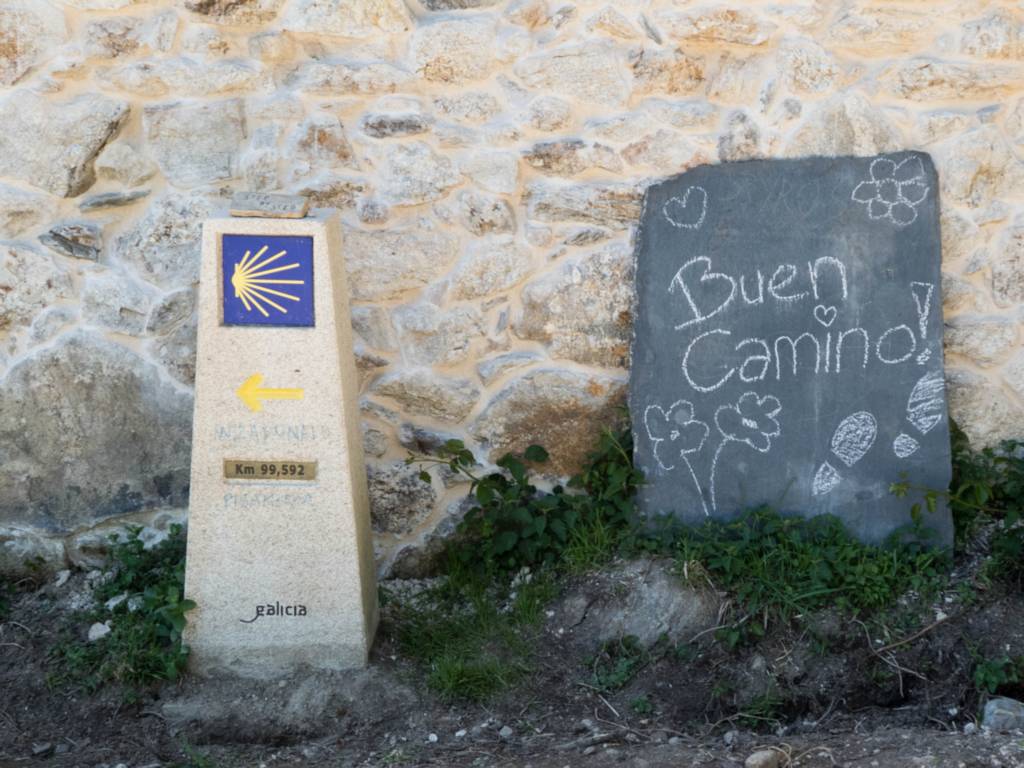
What is the best time to travel on the Camino de Santiago?
The best time for you to walk the Camino Frances depends on your own preferences. In spring and autumn you can experience the Way of St. James a little more calmly. In Spring, you can enjoy the awakening of nature whereas in Autumn, you can experience the changing colors of the leaves.
In the high season, June-August , the number of pilgrims is at it’s highest and you can make new friends to your heart’s content. Hiking in the heat during this time of year can also be a factor that some prefer and others shy away from. If walking in July and August, be prepared for early starts to ensure you can avoid the highest temperatures.
What are the different routes?
Aside from the Camino Frances, which is the most popuar route, there are also the following St. James Ways:
- Camino Portugues – the Portuguese way
True to its name, it starts in Lisbon, Portugal. There is also an alternative Camino Portugues Coastal route from Porto.
- Via de la Plata – the Silver Route
Starts in Seville in southern Spain and is more than 1000 km long.
- Camino Primitivo – the Original Way
It is considered the most difficult Camino de Santiago and meets the Camino Frances on the last two stages of the day.
- Camino de Finisterre – to the end of the world
This path is an additional 55km on the Camino Frances and leads to the coast.
- Camino del Norte – the Northern Way
This route from Northern Spain travels along the coastline of the Basque region before turning inland for Santiago
- Camino Ingles – the English Way
This route was originally taken by pilgrims from Northern Europe who travelled by boat to the ports of Northern Spain

How fit do I have to be to walk the Camino de Santiago?
This depends on the route and distance you are planning to walk per day and in total. The last 100km of the Camino Frances is relatively flat and can be completed without a very high level of fitness with proper planning.
The best plan, no matter what level of challenge being undertaken, is to slowly increase your fitness level as necessary prior to your trip. You can improve your everyday stamina by cycling, day hikes, and even climbing stairs. A special tip is to walk with your day pack beforehand and also to include ascents and descents.
What are the paths like?
The paths and the ground on the Camino de Santiago vary. On the stages of Hillwalk Tours Camino trips from O Cebreiro you start with the descent to Triacastela on hiking trails. The following stages lead you through forest paths and quiet country roads through picturesque Galician villages.
The signage on the Camino Frances is excellent. Follow either the shell symbol or yellow arrows and you will get to Santiago safely. So you won’t need a map and compass here.
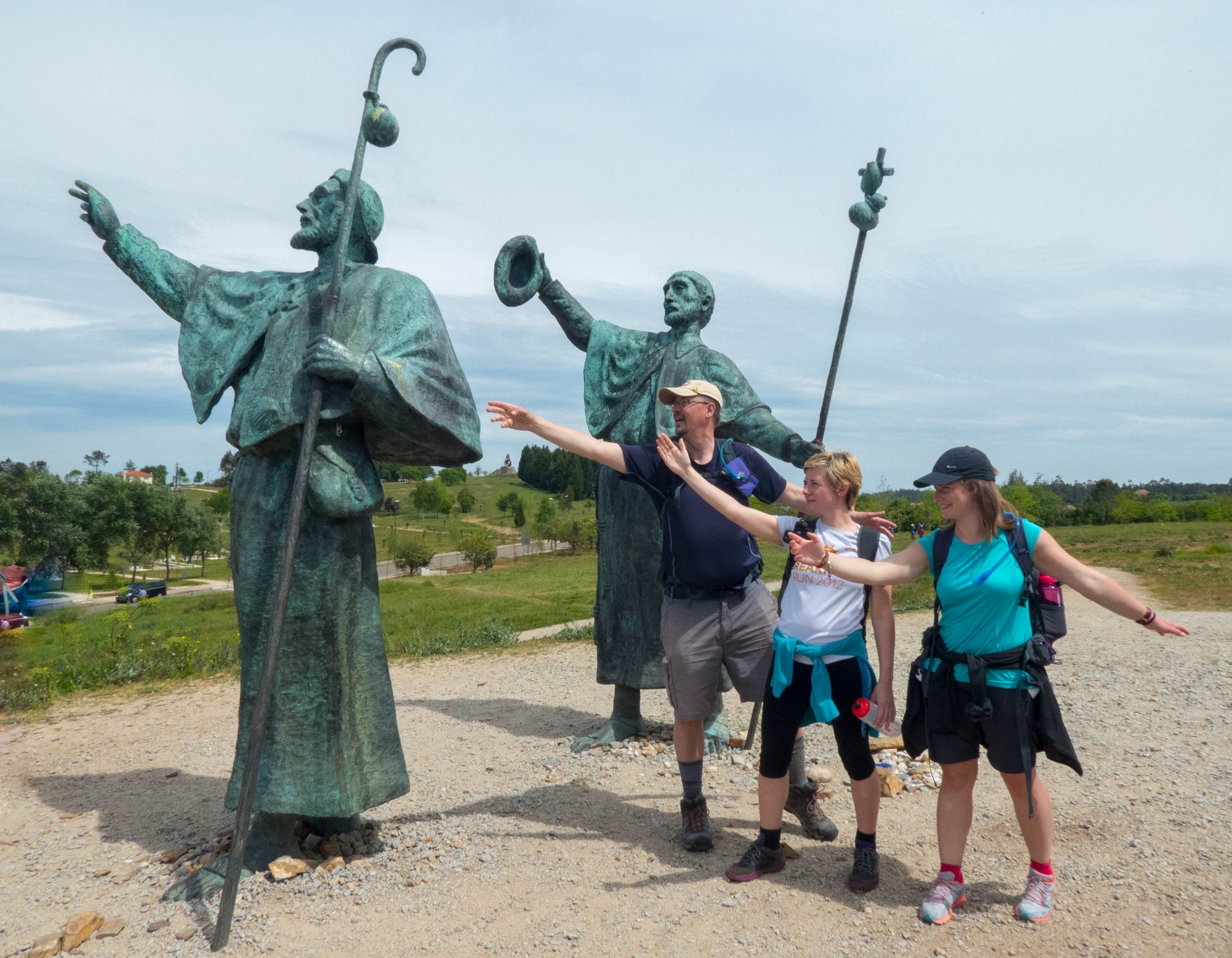
What kind of food is there in Northern Spain?
Northern Spain includes a wide variety of local cultures and culinary specialties. Due to the proximity to the coast, fish and seafood are popular, but vegetarians will also get their money’s worth with tortilla (potato omelette), regional cheese and vegetable tapas such as roasted peppers (Pementos de Padrón).
Many restaurants offer a pilgrim menu. It includes a starter, bread, main course and dessert and costs around 12 euros. Our special Hillwalk tip is the Tarta de Santiago, a cake made from ground almonds. Preferably with a strong coffee.
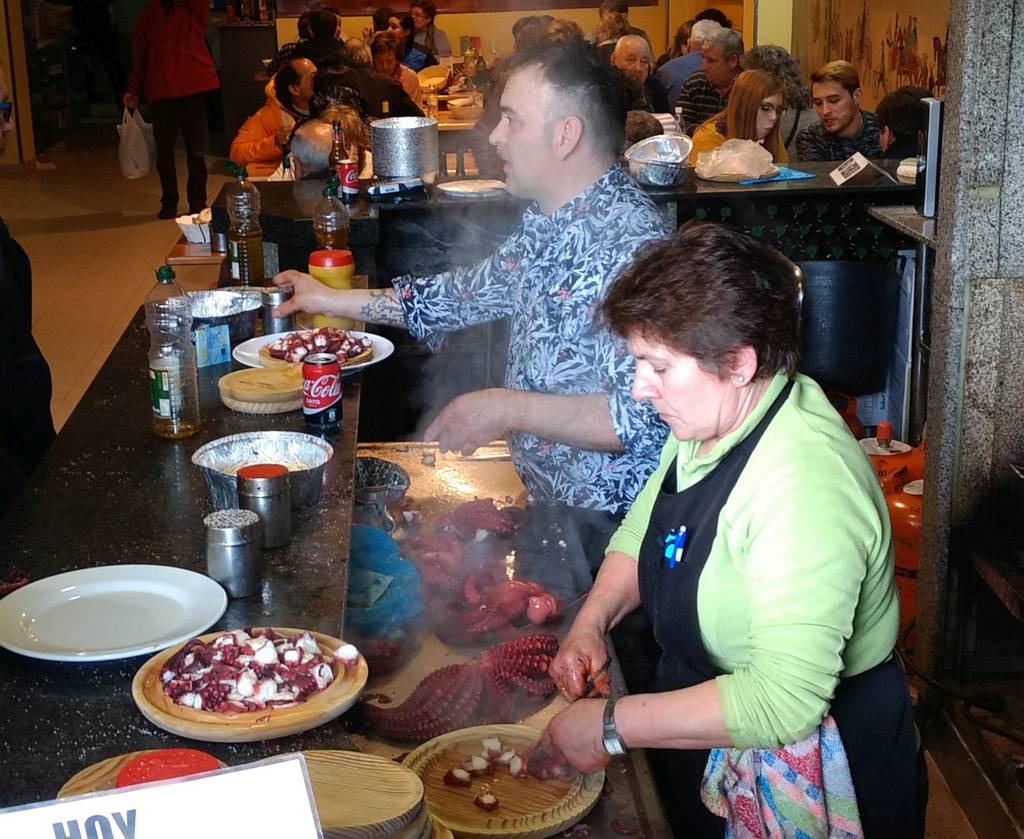
What should I pack on a hike on the Camino de Santiago?
With our Camino packing list, you won’t go wrong on the Way of St. James. Hillwalk Tours also arranges for the transport of your luggage each day so you just need to bring a daypack with you. Try to carry as little weight as possible each day. The most important things for traveling are certainly: good, worn-in hiking shoes or trainers (depending on your route choice), enough water, sunscreen and blister plasters.
Why do the pilgrims wear the scallop shell
The scallop shell is not only a waymarking symbol, but also the distinguishing feature of the pilgrims on the Camino de Santiago. There are various stories about the origin of the scallop as a symbol for the pilgrimage, but what is certain is that its history goes back a long way. While it was once used as a pilgrimage certificate in the Middle Ages, before long it was also being used as a drinking vessel and for portioning food.
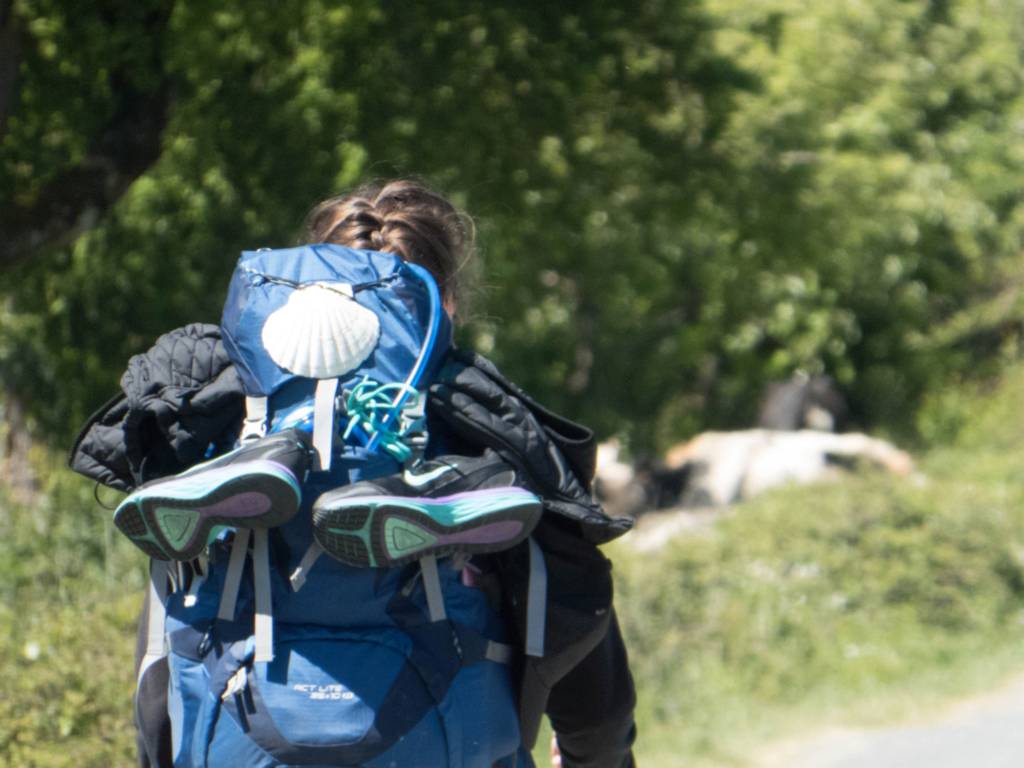
We hope that you enjoyed this guide to Camino de Santiago FAQs & Tips. Are you interested in experiencing the Camino de Santiago for yourself?
Take a look at our Camino hiking tour options!


